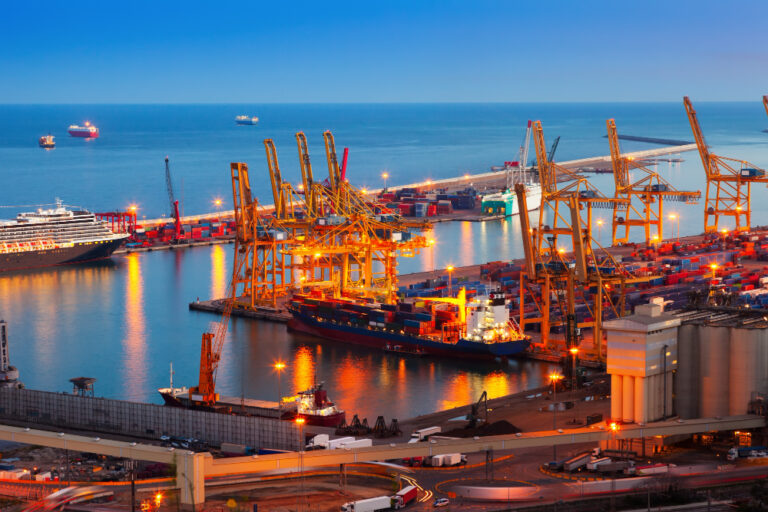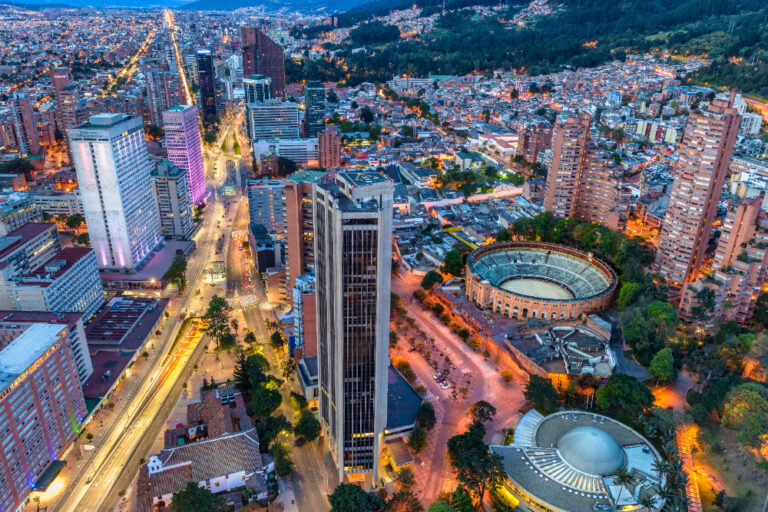
Peru’s grand promise of a world-class airport has turned into yet another national embarrassment. The expansion of Lima’s Jorge Chávez International Airport, initially set to launch at the end of March 2025, has been postponed indefinitely—again. At a late-night press conference on March 18, officials admitted that there is no new opening date in sight. This isn’t just a minor delay; it’s a massive indictment of Peru’s inability to execute critical infrastructure projects, a glaring symbol of government incompetence, and a lost opportunity for economic growth.
A Project That Never Had a Chance
The airport expansion, managed by Lima Airport Partners (LAP), was supposed to be a game-changer for Peru. With a new terminal, an additional runway, and an upgraded control tower, the goal was to turn Lima into a major hub for South American air travel. Instead, what we have is an unfinished mess.
What went wrong? Take your pick:
• Safety and Operational Failures: Aviation regulators and consumer watchdogs have raised alarms about safety issues that remain unresolved. If the airport were to open under these conditions, it could lead to disasters in both air traffic management and passenger security.
• Incompetent Planning: The main access bridge—vital for airport connectivity—was initially set for completion in 2021. Now, it’s delayed until 2029. If authorities can’t even get a simple bridge finished on time, what does that say about the entire project?
• Political Chaos: Peru has gone through seven presidents since this project began in 2018. Corruption, mismanagement, and political infighting have ensured that nothing gets done. Each administration kicks the can down the road, leaving the country to suffer the consequences.
The Cost of This Failure
The indefinite delay of Jorge Chávez’s expansion is more than just an inconvenience—it’s a dagger in the heart of Peru’s economic future.
• Lost Tourism and Business Opportunities: A modern airport would have solidified Lima’s position as a regional hub, attracting more airlines, businesses, and tourists. Instead, Peru is now known for an airport that can’t open.
• Eroding Public Trust: How can the people trust a government that fails at something this crucial? Infrastructure projects of this scale are supposed to represent progress. Instead, this one represents everything that is wrong with Peru’s leadership.
• A Global Embarrassment: Other nations complete massive infrastructure projects in record time, yet Peru can’t even open an airport after years of promises and billions spent.
Who Will Be Held Accountable?
The sad reality? Probably no one. In typical Peruvian fashion, there will be press conferences, empty reassurances, and maybe a few scapegoats thrown under the bus. But the truth remains: the people in charge have failed, and they will likely walk away unscathed while the country suffers.
Jorge Chávez International Airport was supposed to be a symbol of progress. Instead, it stands as a humiliating testament to broken leadership, political dysfunction, and a nation unable to fulfill even its most basic ambitions. Peru deserves better—but until its leaders take responsibility and deliver real results, this cycle of failure will continue.





